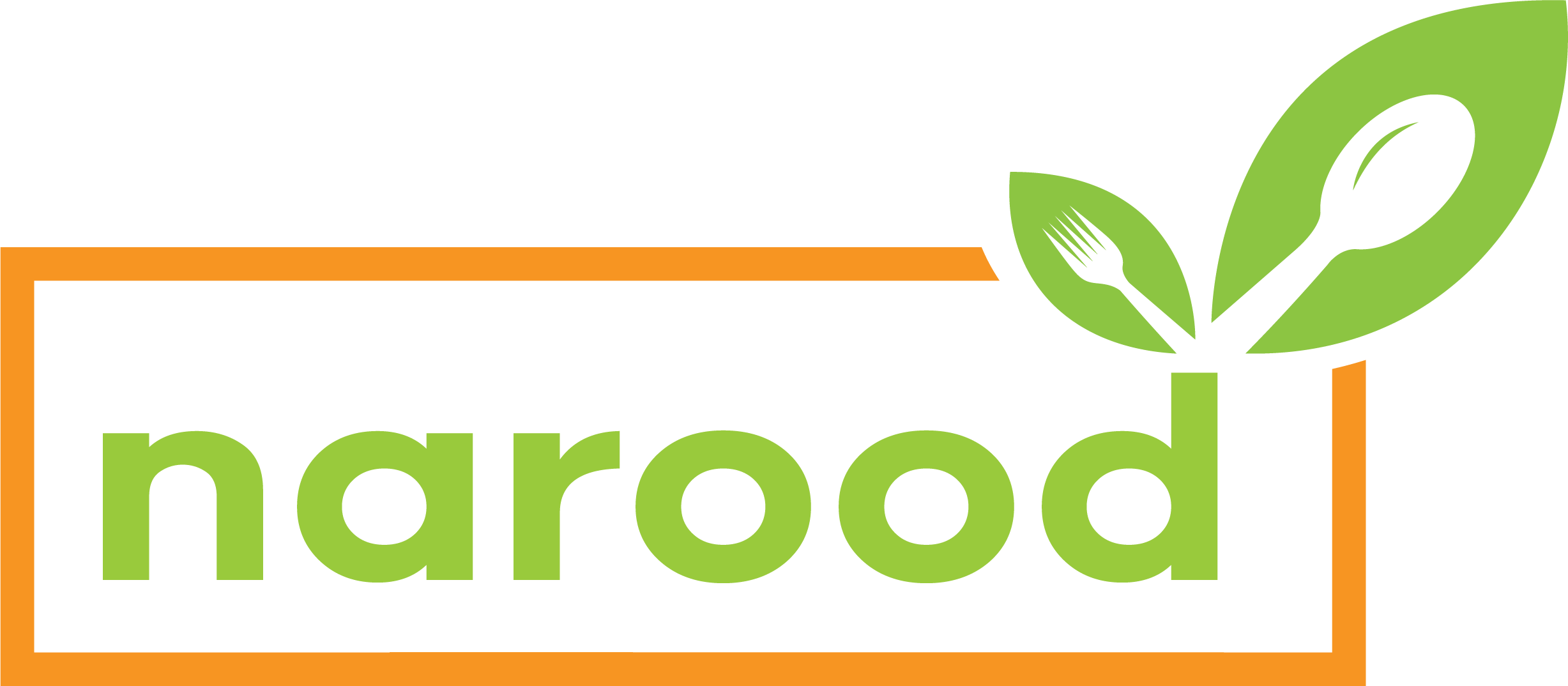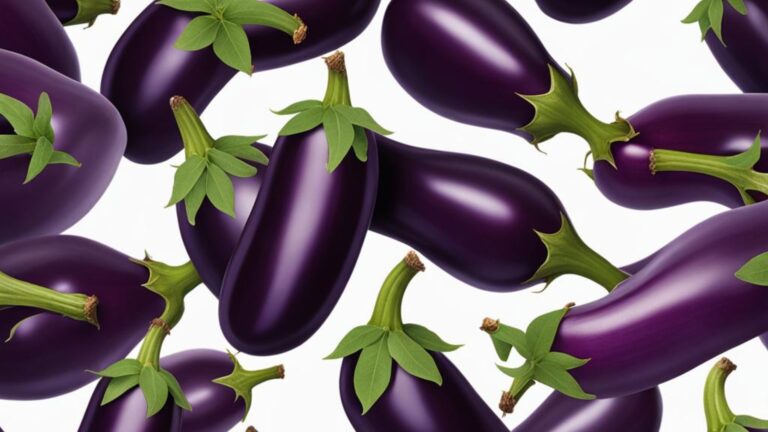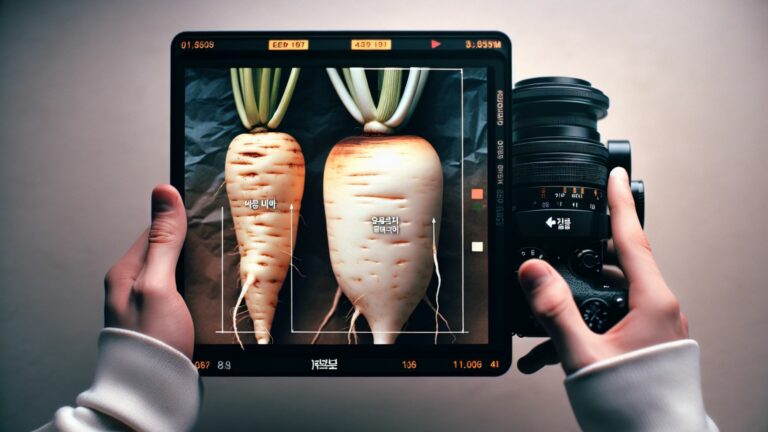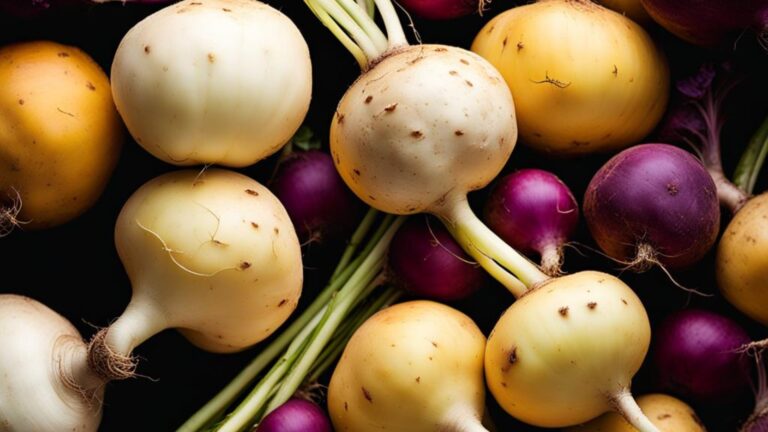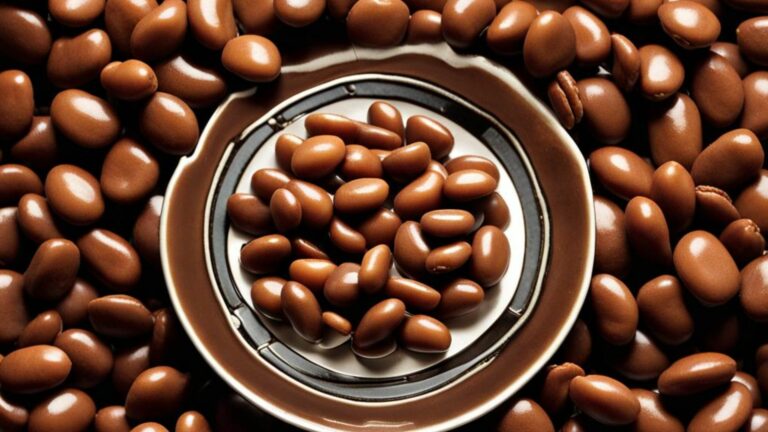
Pumpkins vs squash: What’s the difference? Pumpkins are a type of winter squash with a distinctive orange color and round shape.
At the same time, not all pumpkins are squash. Squash encompasses a broader variety of shapes, sizes, and colors.
Here, we will discuss the Pumpkin and Squash with their similarities and finally show you the nutritional differences. So, let’s start the discussion.
An Overview
Here’s a comparison table between pumpkins and squash:
| Characteristic | Pumpkins | Squash |
| Family | Cucurbitaceae | Cucurbitaceae |
| Genus | Cucurbita | Cucurbita |
| Types | Various, including Jack-o’-lantern, pie, and decorative | Various, including butternut, acorn, zucchini, and spaghetti |
| Shape | Typically round or oval | Nutrient content varies by variety, but it is generally a good source of vitamins and minerals. |
| Skin Color | Orange, but can also be white, green, or multi-colored | Various colors, including green, yellow, and orange |
| Skin Texture | Flavor varies by variety; it can be sweet or savory | Varies from smooth to rough, depending on the variety |
| Flavor | Sweet and mildly nutty (for pie varieties) | Nutrient content varies by variety, but it is generally a good source of vitamins and minerals |
| Edible Parts | Flesh, seeds, and sometimes the skin | Flesh, seeds, and rarely the skin |
| Culinary Uses | Commonly used in pies, soups, and as a side dish | Used in a wide range of dishes, including roasting, sautéing, and soups |
| Nutritional Value | Rich in vitamins A and C, and a good source of fiber | Nutrient content varies by variety, but generally a good source of vitamins and minerals |
| Harvest Season | Typically harvested in the fall | Harvested in the summer and fall |
| Storage | Store well for a few months in a cool, dry place | Store well for several months in a cool, dry place |
| Common Recipes | Pumpkin pie, pumpkin soup, roasted pumpkin seeds | Butternut squash soup, stuffed acorn squash, zucchini noodles |
| Decorative Use | Often used for Halloween decorations | Less commonly used for decorations |
Pumpkins vs Squash: Understanding the Differences
Regarding fall crops and seasonal decorations, pumpkins, and squash are often used interchangeably.
However, while they may look similar, pumpkins and squash are two distinct types of produce with some key differences.
This article will examine the characteristics, uses, and nutritional benefits of pumpkins and squash.
The Basics: What are Pumpkins and Squash?
Pumpkins and squash, including cucumbers, melons, and gourds, are both Cucurbitaceae family members. They are classified as winter squash, which means they have a hard rind and can be stored for an extended time.
Physical Differences
Pumpkins typically have a round or oval shape, with smooth and ribbed skin ranging from orange to yellow. They have thick flesh and large seeds that are often scooped out and discarded.
On the other hand, squash varieties come in various shapes, including round, oblong, and scalloped. Their skin can be smooth or bumpy, and their flesh may be dense or soft. Squash seeds are usually edible and can be roasted.
Uses
Pumpkins are most commonly associated with Halloween and Thanksgiving decorations. They are often carved into jack-o’-lanterns, used as centerpieces, or turned into delicious pies and desserts.
Pumpkins make soups, stews, and even drinks like pumpkin spice lattes.
Squash, on the other hand, has a broader range of culinary uses. It can be roasted, steamed, sautéed, or used in soups, salads, casseroles, and pasta dishes.
Squash is also popular in various international cuisines, such as Mexican, Italian, and Thai.
Nutritional Benefits of Pumpkins vs Squash
Both pumpkins and squash offer numerous health benefits due to their rich nutritional profiles.
They are low in calories and fiber, making them a great addition to a balanced diet. They are also packed with vitamins, minerals, and antioxidants.
Pumpkins are an excellent source of vitamin A, essential for maintaining healthy vision, skin, and immune function. They also contain high levels of vitamin C and potassium.
Squash varieties, such as butternut squash and acorn squash, are rich in vitamin C, A, magnesium, and potassium. They are also a good source of antioxidants, including beta-carotene.
Choosing and Storing Pumpkins and Squash
When selecting pumpkins and squash, look for ones that are firm and heavy for their size.
Avoid any with soft spots or blemishes. Choosing pumpkins with a sturdy stem is essential, as a broken or missing stem can indicate decay.
Pumpkins and some types of squash can be stored in a cool, dry place for several months. However, more delicate squash varieties should be consumed within a few weeks of purchase.

Frequently Asked Questions
What is the Difference Between Pumpkins and Squash?
Pumpkins and squash belong to the same plant family but are different species. Pumpkin is a specific type of squash with thick, orange skin and a sweet flavor. Squash refers to a broader group of vegetables in various shapes, sizes, and flavors.
Are Pumpkins and Squash Nutritionally Similar?
Yes, pumpkins and squash are similar in terms of nutrition. Both are low in calories and fat while high in fiber, vitamins (such as A and C), and minerals (like potassium and magnesium).
Can I Use Pumpkins and Squash Interchangeably in Recipes?
Yes, pumpkins and squash can often be used interchangeably in recipes. However, remember that their flavors and textures may differ slightly, so the result may vary. Experimentation is key.
Can You Eat the Skin of Pumpkins and Squash?
Generally, the skin of pumpkins and squash is edible. However, some varieties have tougher or thicker skin that may not be pleasant to eat. It is recommended to cook or roast them before consuming, as this can make the skin more tender and palatable.
How Should Pumpkins and Squash Be Stored?
Pumpkins and squash should be stored in a cool, dry place. They should be kept at room temperature, away from direct sunlight and moisture. Avoid storing them in the refrigerator, as this can cause them to spoil faster.
How Long Do Pumpkins and Squash Last?
Depending on the variety and storage conditions, pumpkins and squash can last several weeks to a few months. Generally, winter squash varieties have a longer shelf life than summer squash.
Can You Freeze Pumpkins and Squash?
Yes, pumpkins and squash can be frozen. It is recommended to blanch them first by briefly boiling or steaming them, then cooling them in an ice bath before freezing. This helps preserve their flavor, texture, and nutrients.
Can You Eat Raw Pumpkins and Squash?
While it is possible to eat some varieties of squash raw, pumpkins are typically not consumed raw due to their rigid and fibrous texture. Cooking or roasting pumpkins and squash is safer to enhance their flavor and make them easier to digest.
Are Pumpkins and Squash Good for Weight Loss?
Pumpkins and squash can benefit weight loss due to their high fiber content, which promotes satiety and helps control appetite. They are also low in calories and fat, making them a good choice for those watching their weight.
Can You Eat the Seeds of Pumpkins and Squash?
Yes, pumpkins and squash seeds are edible, often roasted, and consumed as a snack. They are a good source of healthy fats, protein, and nutrients like magnesium and zinc.
In Summary
Pumpkins and squash may be similar in appearance, but they have distinct characteristics and uses. Pumpkins are often associated with seasonal decorations and are commonly used in desserts and beverages.
Conversely, squash has a broader range of culinary uses and is enjoyed in various savory dishes. Both pumpkins and squash offer nutritional benefits and can be a delicious and healthy addition to your meals.
